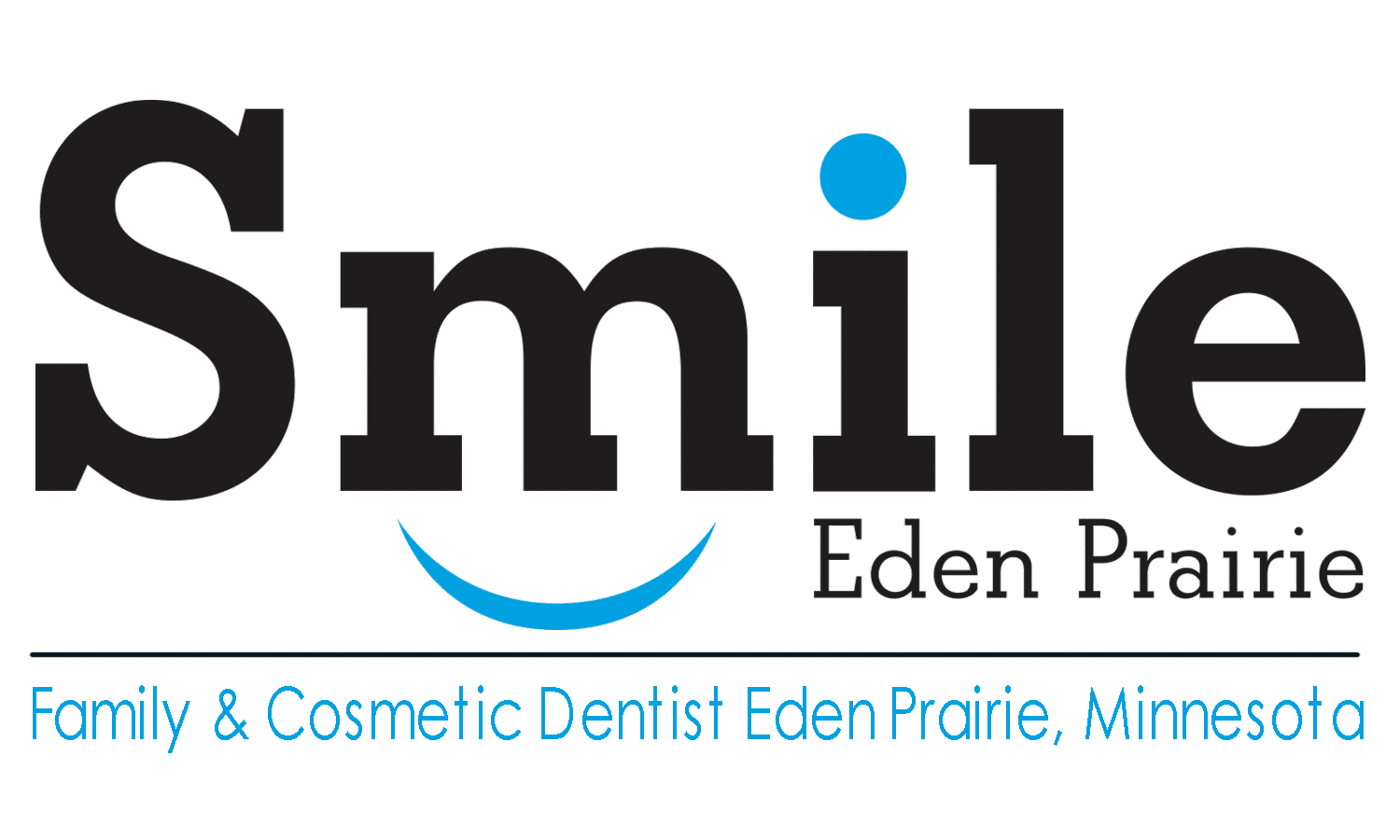Branches of Dentistry: Minimal intervention dentistry
Minimal intervention dentistry is a modern dental practice which focuses on preserving as much of the natural tooth structure as possible. It uses a disease-centric philosophy and first directs attention to the control and management of the disease which is causing the tooth decay. It then focuses on providing relief from the residual symptoms and the decayed teeth. The approach uses similar principles for prevention of future tooth decay and is intended to be a complete solution for tooth decay.
History
Traditional restorative dentistry follows the century-old approach of GV Black in both the classification and treatment of tooth decay. This practice was based on the limited knowledge at the time regarding the pathology of underlying dental caries disease, and the need to specially prepare a cavity to repair a lesion or decayed area, using the limited materials that were available.
At this time, the main approach used was to treat the symptoms. This included removing the decay and surgically restoring the tooth. Modern science has allowed dentists to have a better understanding of the pathology. As a result, the door was opened for new methodologies and approaches to handling this type of treatment.
The minimal intervention dentistry practice was designed to use these new insights and implement a disease-centered philosophy for thoroughly managing tooth decay. While advances in dental science are respected and used in mainstream dental practice, minimal intervention dentistry has redesigned the treatment guidelines beginning with a new classification system. This classification system was intended to reflect the potential to cure the disease and harden early lesions before the damage was irreversible and the tooth could not be maintained.
Some people view minimal intervention dentistry as a philosophical change. Because the practice has been incorporated into a more mainstream discussion since the late 1990s, it has received some respectable international academic support.
Approach to restorative dentistry
The approach of minimal intervention dentistry focuses on managing the dental caries disease which is responsible for causing tooth decay. This approach starts by controlling and curing the disease. The next step works to restore the tooth, filling only where necessary. Lastly the process focuses on the prevention of future caries.
Treatment: Control and Cure
Treatment and prevention focus on classic dietary and oral hygiene techniques to reduce the amount of sugar consumed and the frequency of eating. Another important step is to thoroughly remove plaque through effective brushing. Additionally, biochemical techniques can be used to directly treat the bacterial infection. Agents like chlorhexidine can help fight gum disease and reduce the amount of bacteria in the mouth which is often responsible for tooth decay. There is also an increased use of newer technologies which include photo-activated disinfection and treatment using ozone.
There is also an aspect of minimizing the effect of the caries to control the symptoms of decay. Constant remineralization or hardening with a continuous application of fluoride toothpaste is a common practice used to reduce the impact of the caries on decay. Another method used is to change the biochemical properties of saliva. This can be done through the use of specific drugs which can help the saliva to resist changes in pH levels caused by plaque acid.
Prevention
The same methods used to cure the disease can also be used for prevention. Other techniques, such as the use of fissure sealants, can be used for high risk patients.

